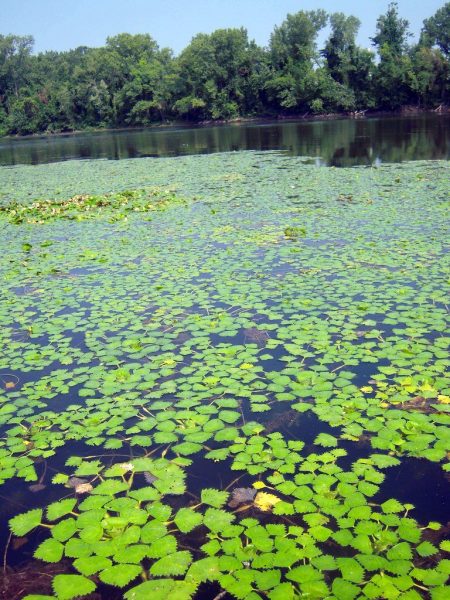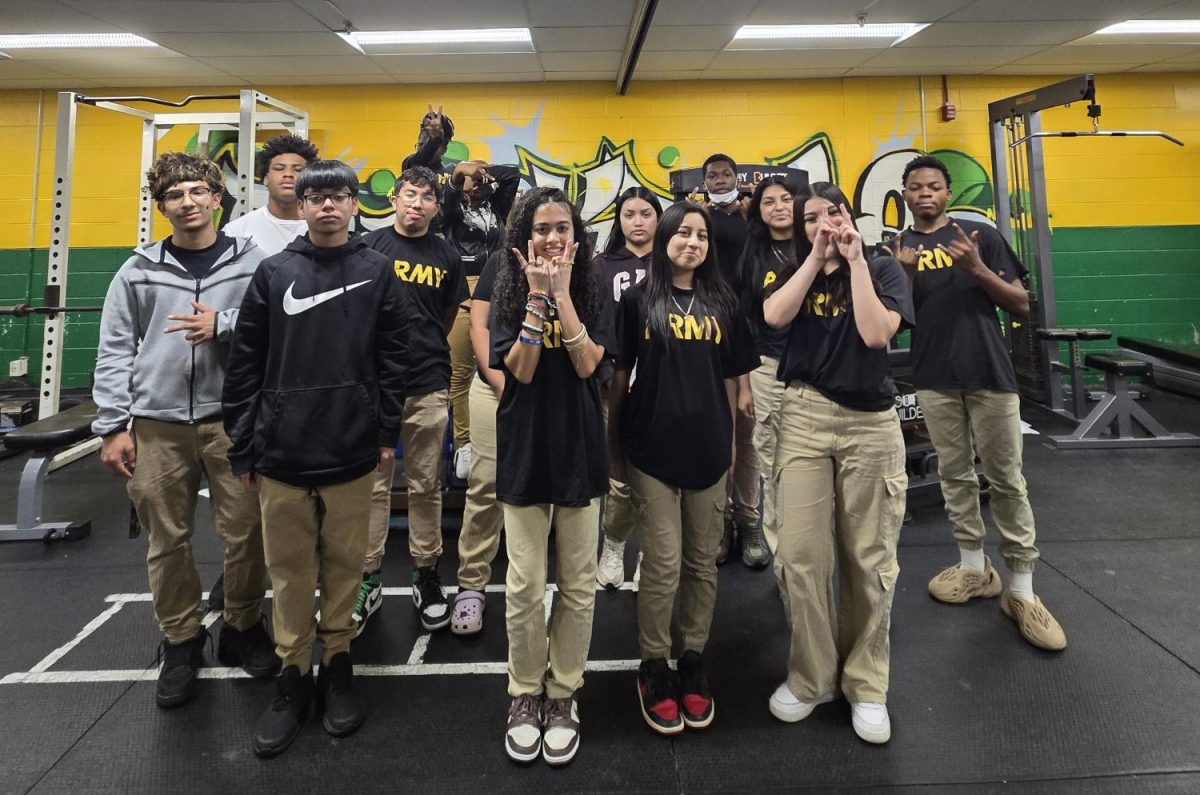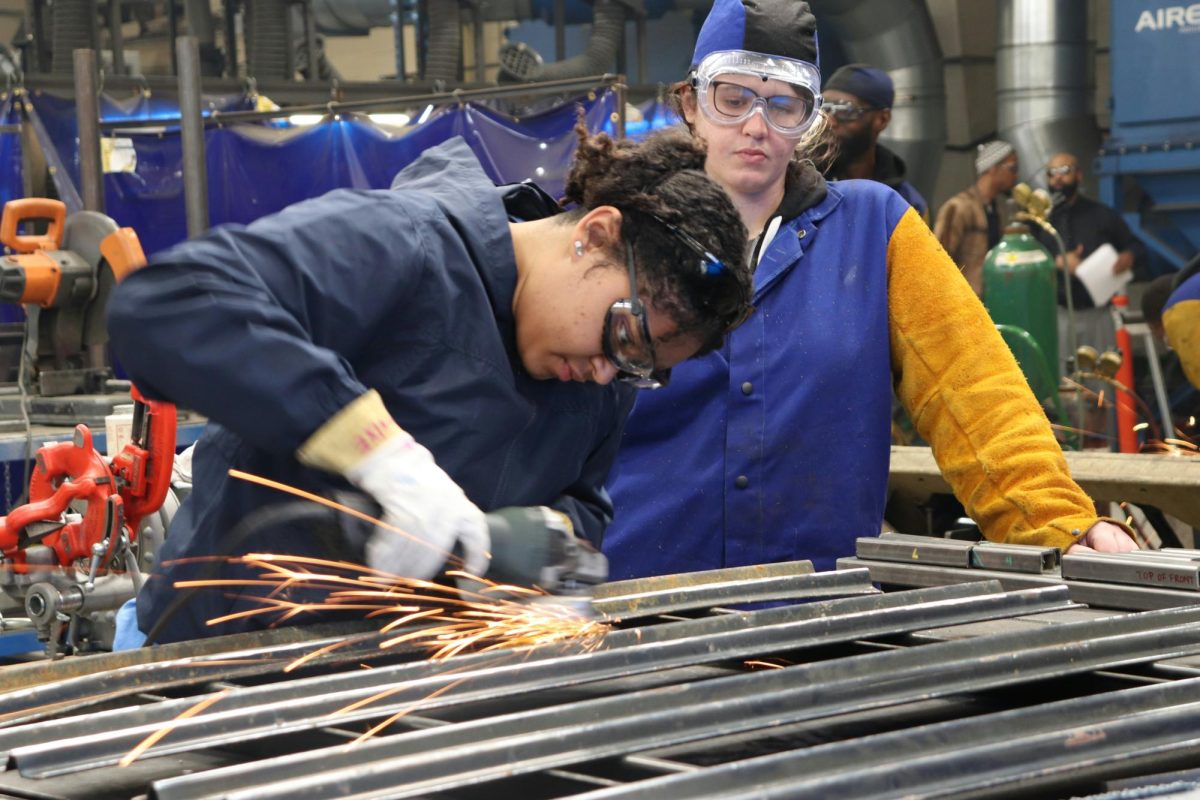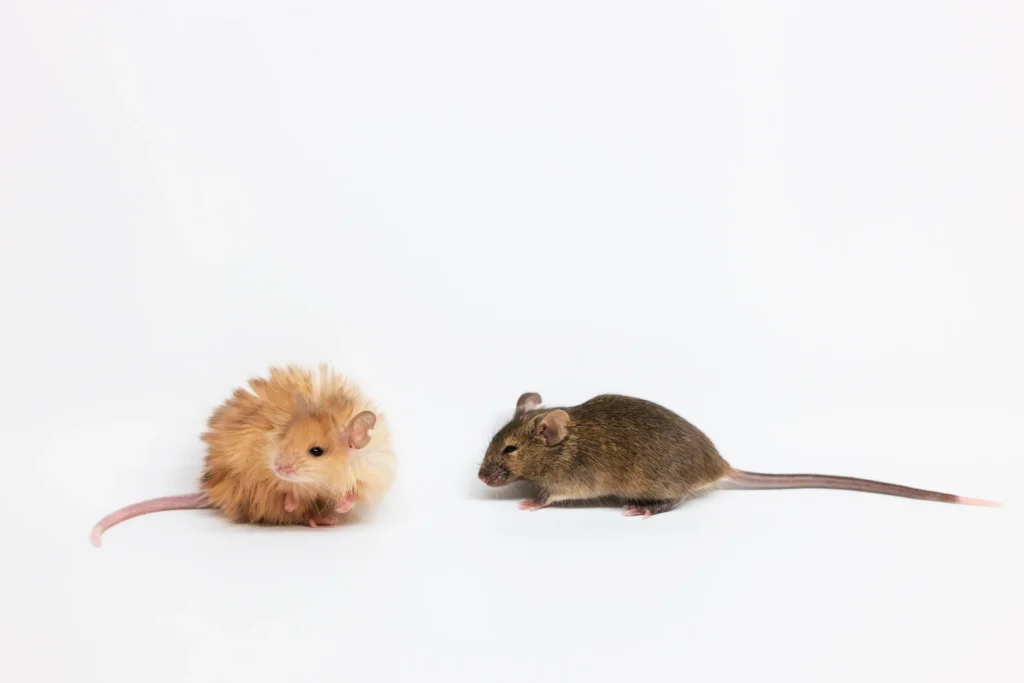The history of the Chesapeake Bay is extensive and goes back thousands of years. The area was occupied for a millennia by Native Americans, including the Powhatan Confederacy, and the Susquehannock, before European exploration and colonization.
Jamestown, the first permanent English settlement in North America, was founded by English immigrants in 1607 on the bay’s shoreline. During this colonial era, the bay developed into a crucial hub for travel, trade, and business.
The bay was strategically important in the Civil War, as it was the site of several important engagements. Significant naval battles took place in the Chesapeake Bay during the War of 1812, including the well-known Battle of Baltimore.
In order to improve water quality, maintain habitats, and encourage sustainable behaviors, government agencies, nonprofit groups, and community partners have been involved in efforts to restore and conserve the Chesapeake Bay since the late 20th century.

For example, an act was passed in order to aid the restoration of the Chesapeake Bay, called “The Chesapeake Bay Preservation Act”. The Chesapeake Bay Preservation Act states, “The purpose of the Bay Act program is to protect and improve water quality in the Chesapeake Bay by requiring the implementation of effective land use management practices.”
One example of a detrimental factor regarding the Chesapeake Bay would be an invasive plant, water chestnuts. In the 1920s, there was a sighting of water chestnuts in the watershed of the Chesapeake Bay, the plant was meant to be a cosmetic for the ponds, however, the rise in the amount of water chestnuts has made it difficult for the boats to travel thus making it necessary to maintain the population have been taken.
Another example of a detrimental factor regarding the Chesapeake Bay would be an invasive animal of the many present, called the nutria. According to the Maryland Department of Natural Resources, since their first sighting at the Chesapeake bay domain, the nutria have destroyed thousands of acres belonging to the Chesapeake Bay. The nutria are destructive and such initiatives such as the Chesapeake Bay Nutria Eradication Project have been enforced.
Environmental science teacher Ms. Zaied feels that the next generation play an enormous role in the maintenance and life of the Chesapeake.
Taking part in citizen science programs, habitat restoration projects, and cleanup campaigns, the community helps to keep an eye on the condition of the Chesapeake Bay and further teaches the younger generation how to care for the environment. As well as introducing laws and programs that advance sustainable land use, habitat preservation, and uncontaminated water, allows the community as a whole to tend to the environment and present an influential impact.
There are other methods to be a proactive member in your community. For instance, use eco-friendly products to help reduce pollution, reduce agricultural runoff of nutrients by eating food that is produced locally, preserve water– using rain barrels or rain gardens to reduce runoff, and use water-efficient appliances. Lastly, planting native plants to replenish shorelines with natural vegetation, and provide home for wildlife.
Some organizations providing aid for the Chesapeake Bay:








